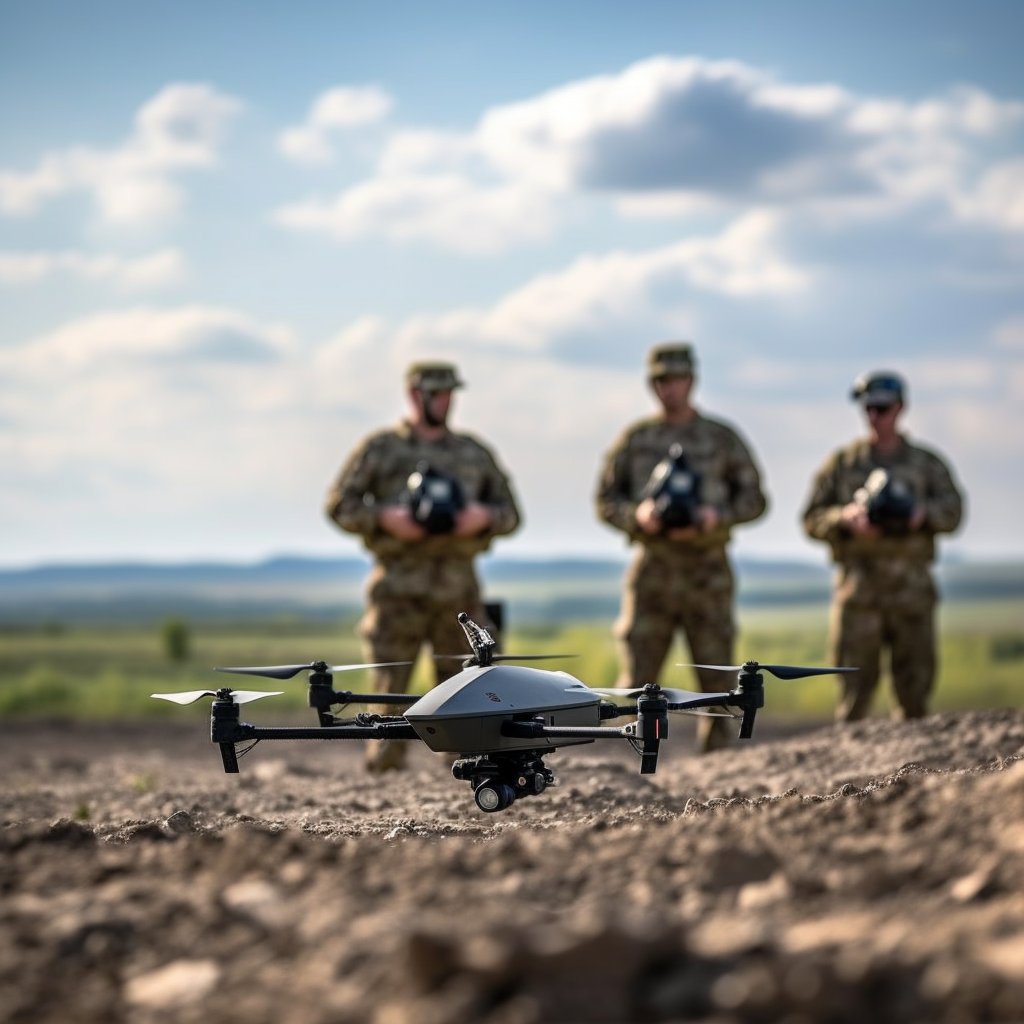Picture: for illustration purposes
NATO Strives to Enhance Anti-Drone Defence Amid Ukraine Conflict
The bustling conflict in Ukraine is compelling North Atlantic Treaty Organization (NATO) to advance its anti-drone defence knowledge drastically. The danger comes in the form of relatively small but speedy drones, posing a sophisticated challenge for defence mechanisms, according to Willem Koedam, a former Dutch air force officer now deployed as an expert in NATO's Counter-Unmanned Aerial System (C-UAS) unit.
Recently, military officers from NATO and executives from defence firms convened at a giant screen in the Netherlands, viewing remotely as a small drone dropped a grenade into a trench in Ukraine. This development illustrates the pressing need for NATO to hone its tactics in this field.
57 companies visited a military base in Vredepeel, a Dutch town, where they showcased their anti-drone systems to NATO officers. These systems are engineered to thwart threats ranging from consumer-available drones to the Iranian Shahed drones utilized by Russia's forces.
Despite the complexity of the issue, possibilities for a solution exist. DDTS, a German firm specialized in anti-drone defences, suggests a jet-propelled drone, moving at immense speed, to intercept drones like the Shahed-136.
However, a different kind of threat emanates from smaller drones, capable of disrupting critical infrastructures like power stations, indicates Matt Roper from NATO's tech hub, the NATO Communications and Information (NCI) Agency.
To tackle these smaller threats, Argus Interception, a German firm, has developed a strategy reminiscent of a fishing net. An intercepting drone fires a net over the target, capturing it instead of destroying it, thereby reducing the risk of collateral damage.
Romanian Air Force Captain Ionut-Vlad Cozmuta opines that applying signal jamming to divert drones could yield better results against drones operated by Russian military.
The trial of these various anti-drone defence systems, discussions among NATO officers, and the anticipation of adopting the British 'Sapient' system reflect the NATO's strategic urgency to fortify its anti-drone expertise for the sake of international security.

